THE THINGS THAT MATTER
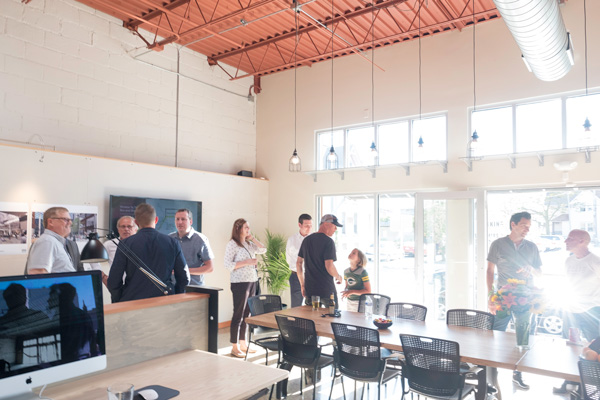
Wholeness in Practice.
We are one studio, one practice. Many of our staff have specialized expertise, yet we don’t keep them in silos dedicated to one building type or one part of the design process. We want our staff to stay engaged, learning, and sharing. By gaining skills in diverse areas of practice, our design teams can remain consistent throughout your project.
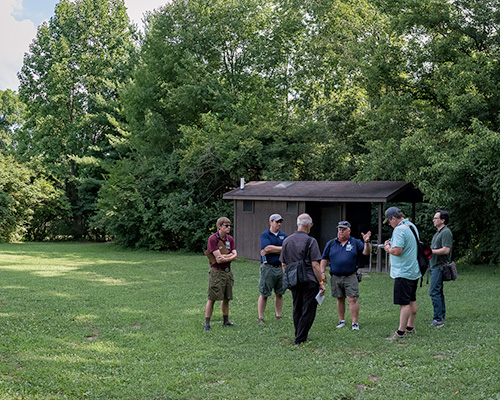
Mutual Understanding
We develop a unique written narrative for each project. Authored collaboratively and written in plain language, this narrative describes the mutual understanding of project requirements between architect and client. We call this narrative a Pattern Language. This language is a shared reference point, helps achieve consensus, and offers a means of evaluating the success of the design.
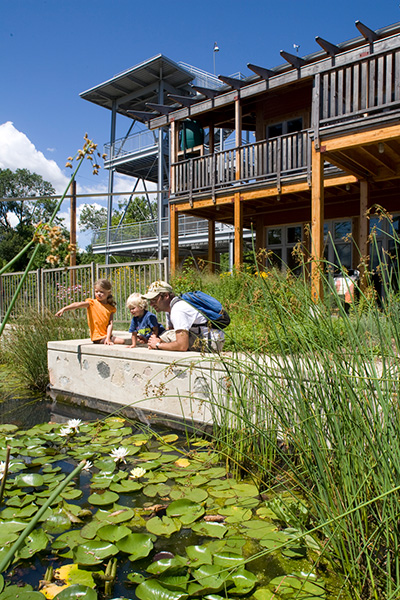
Undivided From Nature.
As designers, we recognize that our influence extends beyond buildings and property lines to the broader living community. The principles of sustainable design are a natural extension of wholeness-based thinking, integrated into every studio project.
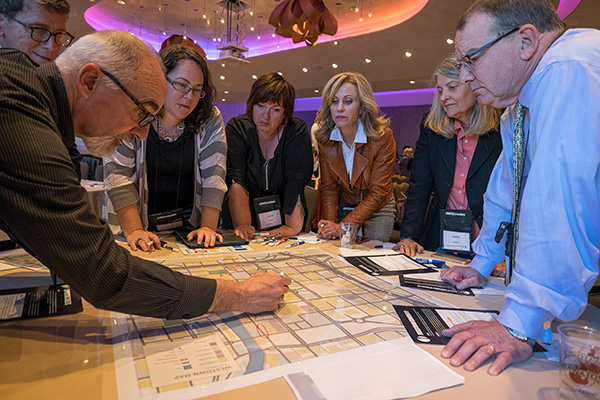
Collaboration Without Ego.
We believe collaboration means more than asking clients to vote on predetermined options. Our clients are integral members of the design team. The people who will live and work in a building are uniquely qualified to inform the shape of their space; we bring them into the heart of the design process.
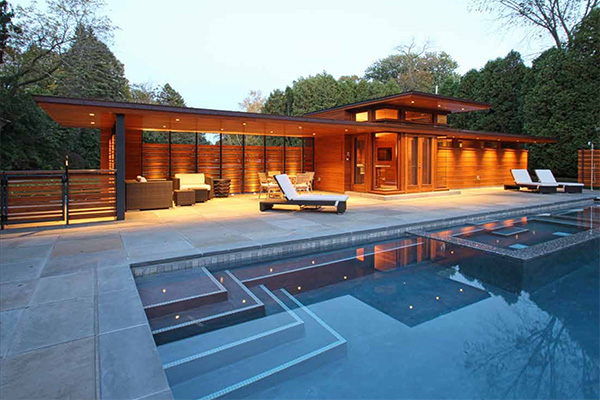
Respect for Craft.
Respect for craft permeates everything we do—this means attention to quality, clarity, and precision in our drawings and specifications. We seek out the expertise and advice of our building trade partners throughout the design process. We consider ongoing maintenance, durability, and repair of a building—not just what it looks like on the first day.